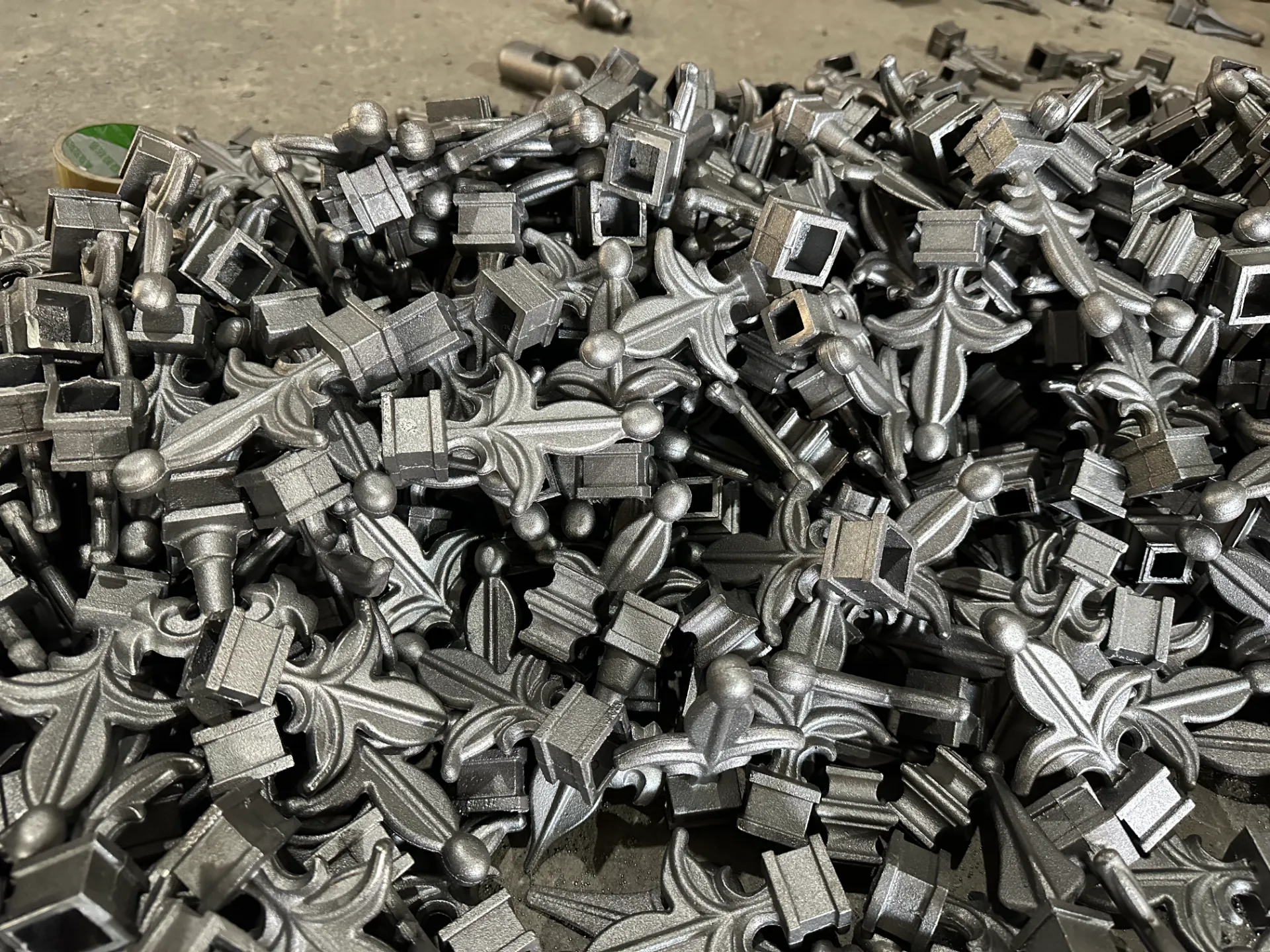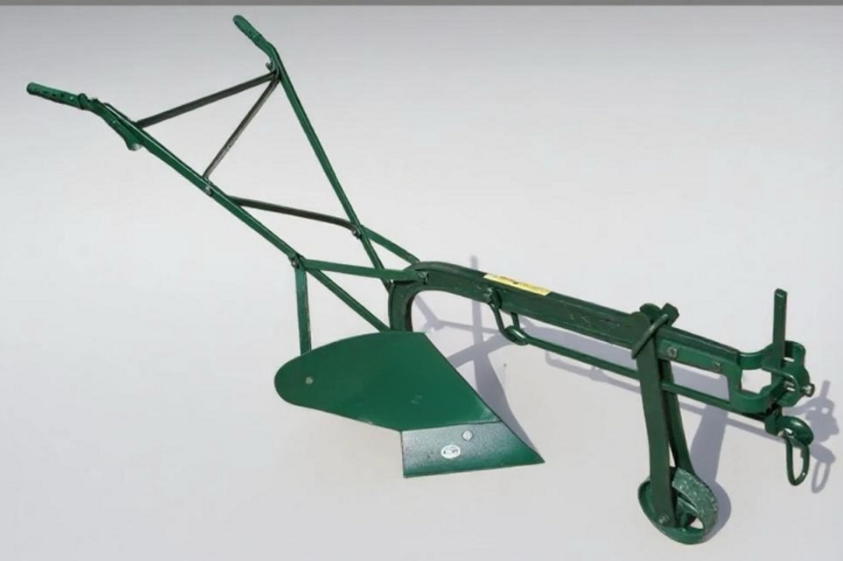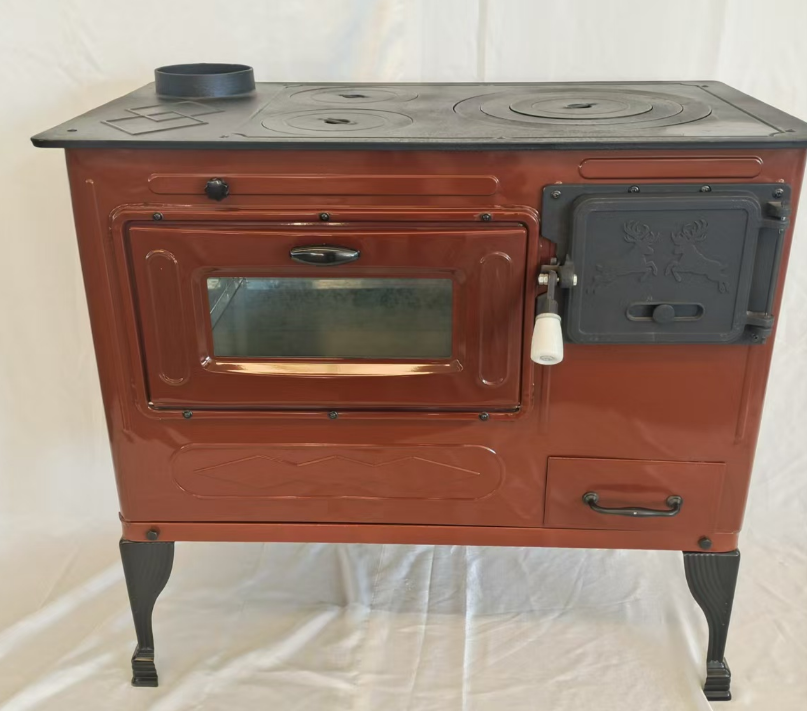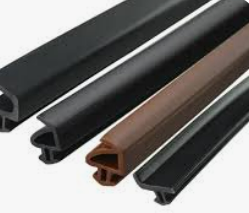Strength and Beauty of Iron Fence Components
Metal iron has long been celebrated for its durability and versatility, making it an ideal material for crafting fences. From decorative wrought iron fence ornaments to functional iron fence components, this material lends itself to both beauty and strength. Whether used in residential or commercial applications, iron fences stand as a testament to timeless design and robust functionality.

When manufacturing iron fence components, several factors come into play, including material selection, fabrication techniques, and protective finishes. Here, we delve into the various aspects of metal iron to help you understand its advantages and limitations.
Strength and Durability of Wrought Iron
Wrought iron is a premium choice for fences due to its exceptional strength. It resists deformation under stress, providing a secure and long-lasting barrier. The malleability of wrought iron allows for intricate designs, including decorative scrolls, spikes, and finials that elevate the aesthetic appeal of any property.
While its strength is a significant advantage, wrought iron can be heavier than other materials, increasing installation challenges. However, the robust nature of the material ensures a higher resistance to physical impacts, making it a worthwhile investment for high-security applications.
Wrought Iron Fence Ornaments:Corrosion Resistance and Longevity
A key concern with iron is its susceptibility to rust. To counter this, wrought iron fence ornaments and components are often treated with protective coatings such as galvanization, powder coating, or paint. These treatments enhance corrosion resistance and extend the lifespan of the fence.
Compared to wrought iron, some modern materials like aluminum may offer better inherent corrosion resistance. However, with proper maintenance, iron fences can maintain their structural integrity and appearance for decades.
Cost Considerations: Iron vs. Alternatives
The cost of manufacturing and installing iron fence components can vary significantly depending on design complexity and protective treatments. Wrought iron fences tend to be more expensive upfront due to their material quality and labor-intensive fabrication process.
That said, the long-term benefits of iron, such as durability and minimal need for replacements, can offset the initial investment. Cheaper materials like chain-link or vinyl may offer lower upfront costs but often lack the same durability and aesthetic appeal.
Iron Fence Ornaments:Design Flexibility and Customization
One of the standout features of wrought iron is its ability to be customized into elaborate patterns. Manufacturers can incorporate intricate details into wrought iron fence ornaments, creating personalized designs that suit various architectural styles.
However, this level of customization is labor-intensive, which can increase production time and costs. Despite this, the unique charm and elegance of wrought iron fences make them a preferred choice for those seeking a blend of function and artistry.
When choosing iron fence components, it’s essential to balance practicality with aesthetic preferences. Wrought iron provides unmatched elegance and strength but requires periodic maintenance to prevent rust. On the other hand, modern materials like steel or aluminum may be lighter and easier to maintain but lack the traditional appeal of wrought iron.
Ultimately, the choice depends on individual needs and priorities. If you value timeless beauty, unmatched strength, and the ability to customize, wrought iron is an excellent option for your fencing needs. For high-quality iron fences and components, browse our website and take the first step toward elevating your property’s appeal and security!
-
Plough Wheel Cast Iron Material Enhances Load-BearingNewsNov.10,2025
-
Cast Iron Cooking Stove Heat Retention Ensures Even Food HeatingNewsNov.10,2025
-
Rubber Strip Shock Absorption Protects Window EdgesNewsNov.10,2025
-
Aluminum Profiles High Corrosion Resistance Suits Coastal AreasNewsNov.10,2025
-
Window Handle Aluminum Material Ensures Lightweight DurabilityNewsNov.10,2025
-
Sliding Roller Plastic Housing Fits Aluminum Sliding WindowsNewsNov.10,2025
-
 Plough Wheel Cast Iron Material Enhances Load-BearingNov-10-2025Plough Wheel Cast Iron Material Enhances Load-Bearing
Plough Wheel Cast Iron Material Enhances Load-BearingNov-10-2025Plough Wheel Cast Iron Material Enhances Load-Bearing -
 Cast Iron Cooking Stove Heat Retention Ensures Even Food HeatingNov-10-2025Cast Iron Cooking Stove Heat Retention Ensures Even Food Heating
Cast Iron Cooking Stove Heat Retention Ensures Even Food HeatingNov-10-2025Cast Iron Cooking Stove Heat Retention Ensures Even Food Heating -
 Rubber Strip Shock Absorption Protects Window EdgesNov-10-2025Rubber Strip Shock Absorption Protects Window Edges
Rubber Strip Shock Absorption Protects Window EdgesNov-10-2025Rubber Strip Shock Absorption Protects Window Edges












